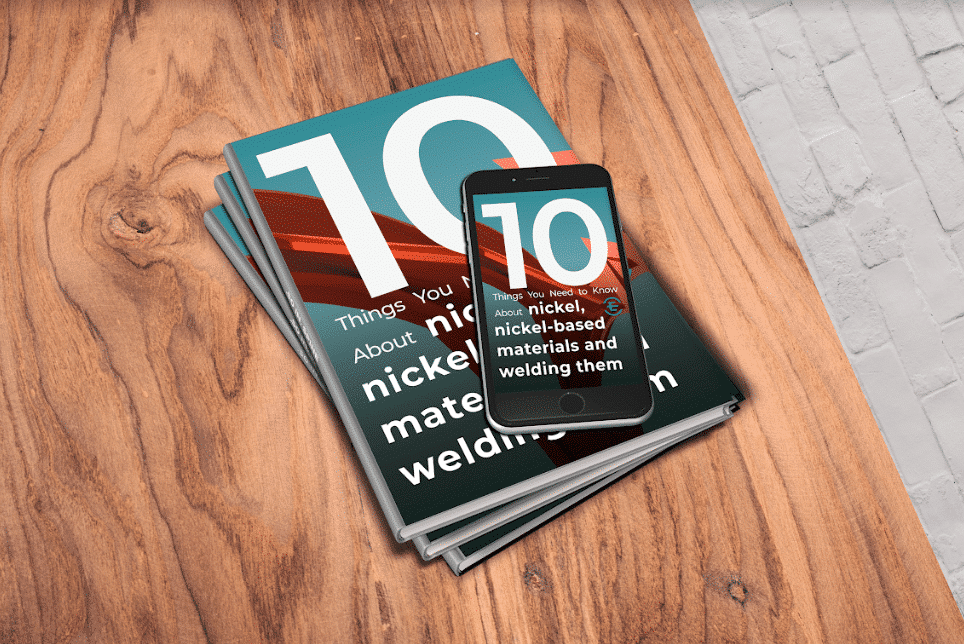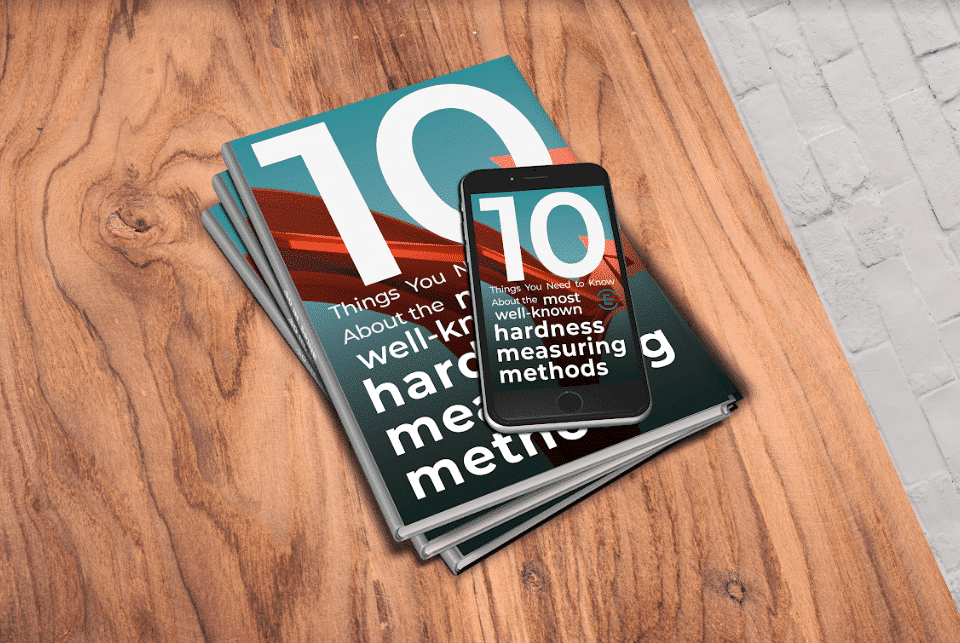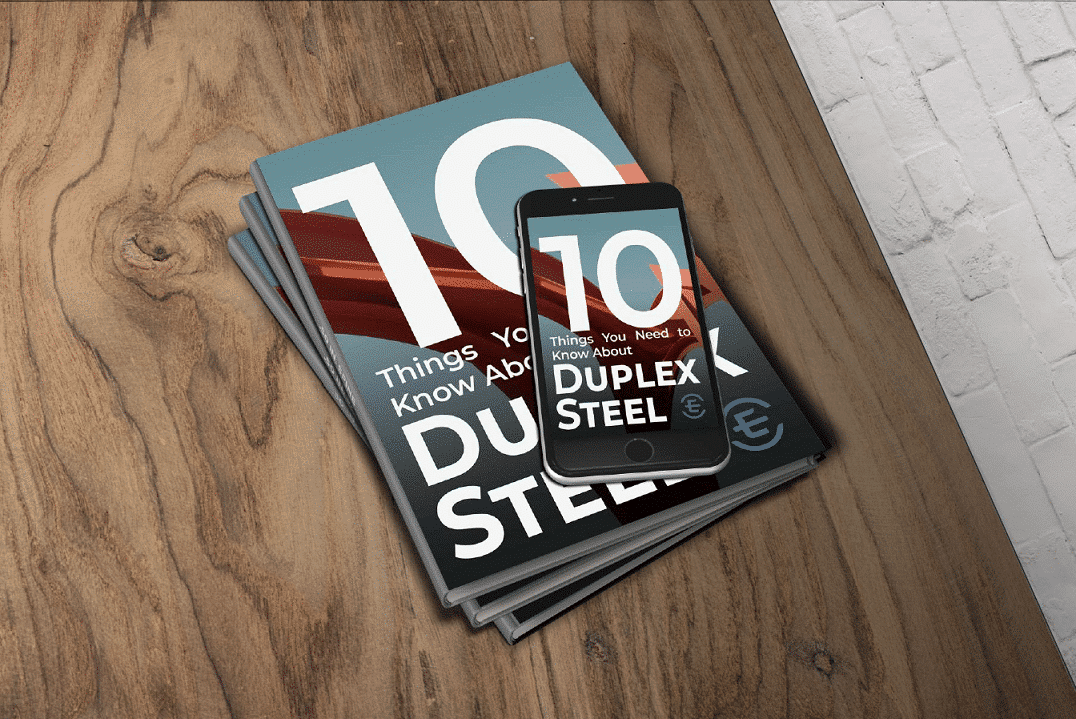Nickel-based welding fillers can help compensate the stresses of brittle material arising from shrinkage during welding and their large deformation capacity. As a result, the brittle and difficult to weld material can be welded with nickel base consumable. Different iron and steel casting with high carbon content can be welded with nickel or ferronickel electrodes at a low heat input. Due to the brittleness of naturally lemezgrafitos steel castings at room temperature they can require a certain degree of preheating, but at a much lower temperature than if it was welded with with iron-based fillers. Gray, or malleable cast iron is welded with pure nickel-based electrodes with about 1% carbon content. In this case, the hardness of the weld seam is fairly low. Greater strength and hardness can be achieved by using ferro-nickel electrodes developed for the welding of cast irons and their various joints. Application of this electrode type results in small heat expansion, similar to that of invar alloy.
The heat expansion of unalloyed steel is 12×10-6/K, while that of 304/309 type austenitic stainless steel is 19×10-6/K. The large heat expansion difference at the border of welding seams in black and white joints can led to the development of great stresses as a function of changing temperature. The heat expansion of nickel is between that of carbon and stainless steel (15×10-6/K), which can result in smaller stresses at the border of the weld and the base material. When choosing a filler, all paired materials should be considered. Working conditions are also a very important factor when choosing filters. If a nickel base alloy is welded to a steel, then corresponding or similar Nickel fillers should be used.
The weld pool of nickel alloys is less liquid than unalloyed or even stainless steel. Otherwise, the viscosity of the weld pool and its dilution depends on the type of the alloy, that is, how much nickel is in the weld. In general, depending on what technology is used, a wider bevel and bigger root gap should be used when welding nickel alloys.




